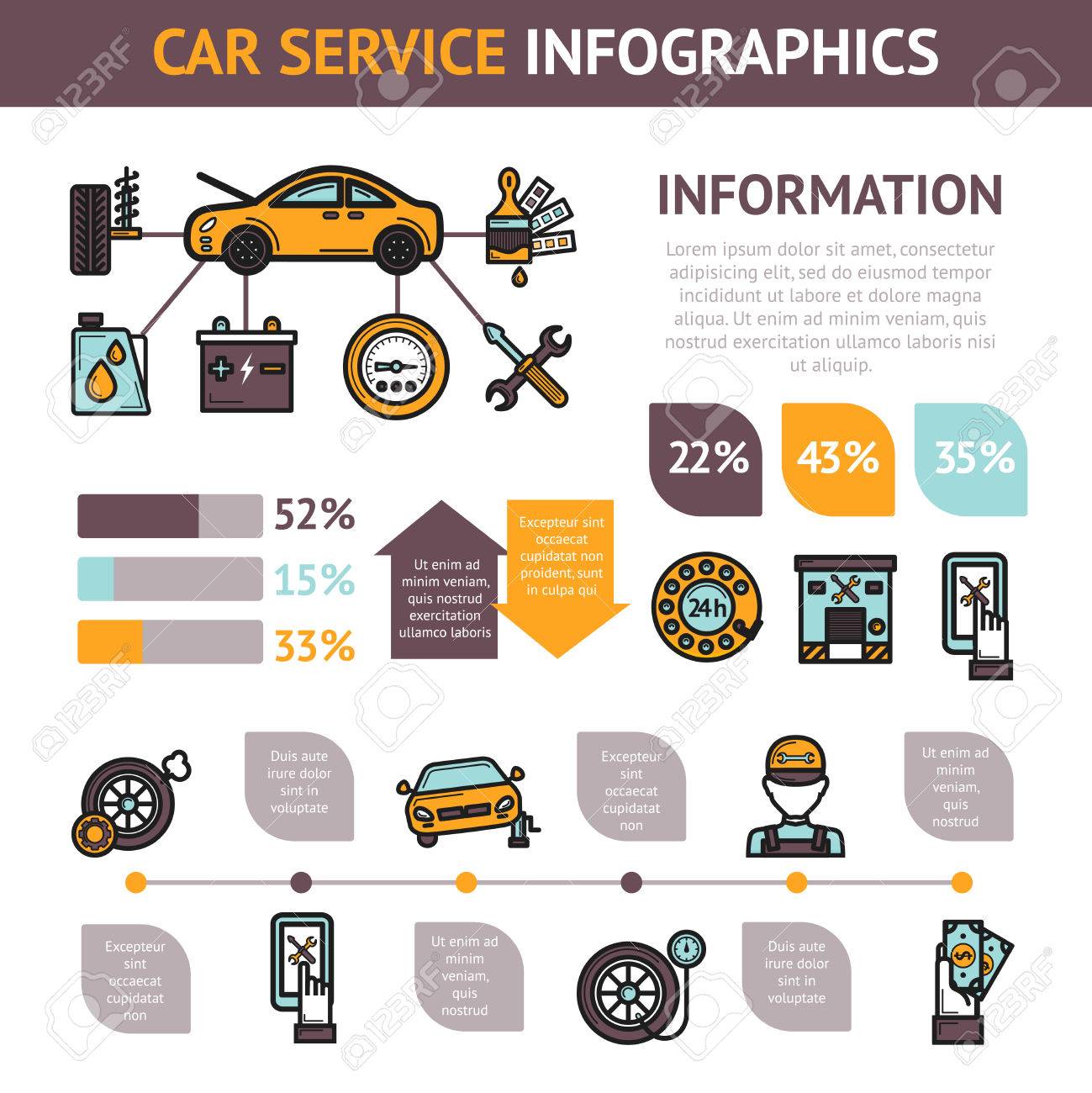Translating Your Auto'S Alert Lights: Their Real Effects
Translating Your Auto'S Alert Lights: Their Real Effects
Blog Article
Post Produced By-Sykes Torres
When you're behind the wheel, those glowing warning lights on your dashboard can be a bit perplexing. Do you understand what they're trying to inform you concerning your vehicle's health and wellness? Recognizing the significance of these lights is important for your safety and the long life of your car. So, the following time one of those lights turns up, would not you intend to analyze its message accurately and take the essential steps to address it?
Common Caution Lights and Interpretations
Recognize usual warning lights in your automobile and comprehend their definitions to make certain safe driving.
The most normal warning lights include the check engine light, which indicates issues with the engine or discharges system. If this light comes on, it's essential to have your automobile examined quickly.
The oil stress warning light indicates reduced oil pressure, calling for instant focus to stop engine damage.
A flashing battery light may recommend a defective charging system, possibly leaving you stranded otherwise attended to.
The tire stress tracking system (TPMS) light signals you to low tire stress, impacting lorry stability and fuel efficiency. Disregarding this could lead to dangerous driving conditions.
https://transmissionoilchange40627.like-blogs.com/29820658/sharpen-your-automobile-detailing-abilities-with-seasonal-ideas-to-keep-your-vehicle-radiating-and-protected-uncover-just-how-to-deal-with-each-season-s-one-of-a-kind-challenges suggests an issue with the anti-lock stopping system, jeopardizing your capacity to quit promptly in emergencies.
Finally, the coolant temperature alerting light warns of engine overheating, which can result in extreme damage if not resolved promptly.
Recognizing these typical caution lights will help you address problems promptly and keep safe driving conditions.
Significance of Prompt Focus
Comprehending the typical caution lights in your car is just the primary step; the relevance of without delay addressing these cautions can't be stressed sufficient to ensure your security when driving.
When a warning light brightens on your dashboard, it's your car's way of communicating a possible issue that needs interest. Ignoring these cautions can lead to a lot more severe problems down the road, compromising your security and potentially costing you more in repairs.
Motivate focus to cautioning lights can stop break downs and accidents. For example, a blinking check engine light might suggest a misfire that, if left unattended, can cause damages to the catalytic converter. Resolving this promptly can save you from a pricey fixing.
Similarly, a brake system warning light may signal low brake fluid or worn brake pads, crucial parts for your safety and security when driving.
Do It Yourself Troubleshooting Tips
If you notice a caution light on your control panel, there are a few do it yourself repairing pointers you can try before seeking expert help.
The very first step is to consult your vehicle's handbook to comprehend what the details warning light suggests. Occasionally the concern can be as easy as a loosened gas cap triggering the check engine light. Tightening up the gas cap might fix the issue.
Another common concern is a reduced battery, which can trigger numerous cautioning lights. Inspecting supplemental resources for corrosion and guaranteeing they're safe and secure could take care of the problem.
If a caution light lingers, you can attempt resetting it by detaching the vehicle's battery for a few minutes and then reconnecting it. Furthermore, examining your lorry's liquid degrees, such as oil, coolant, and brake fluid, can assist repair warning lights related to these systems.
Conclusion
To conclude, understanding your vehicle's warning lights is important for maintaining your vehicle running efficiently and securely. By quickly resolving these notifies and knowing what they suggest, you can avoid pricey repair services and potential breakdowns.
Bear in mind to consult your auto's guidebook for specific details on each cautioning light and act as necessary to ensure a trouble-free driving experience.
Keep educated, remain safe on the road!
